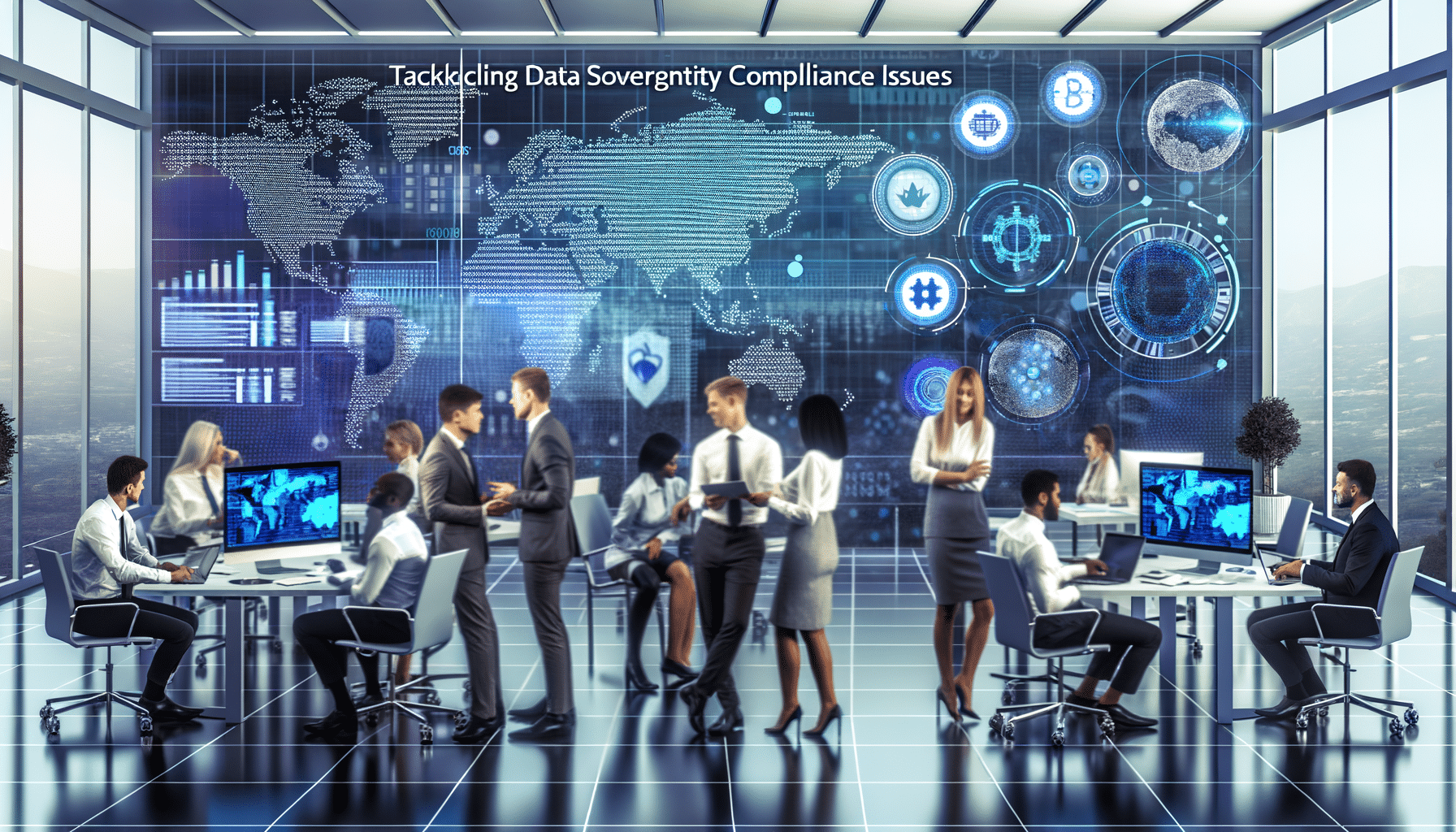- Regulatory
- November 16, 2024
Automating Regulatory Reporting Deadlines

Managing regulatory reporting deadlines is a perpetual challenge. It’s a task that demands precision, timeliness, and an incredible attention to detail—especially in industries swamped with complex regulatory frameworks. But here’s the thing: as daunting as it seems, we’re standing at a pivotal moment where technology offers unprecedented solutions to these age-old challenges.
The Intricate Web of Reporting Deadlines
For any compliance officer, the term “reporting deadlines” can conjure a sense of dread. Most industries, whether financial, healthcare, or even tech, are embedded in a maze of regulatory obligations. Meeting these deadlines isn’t just about ticking a box; it’s about safeguarding your organization against potential legal and financial repercussions. But with the rise of AI and automation, we can reimagine how these deadlines are approached.
The Power of AI in Automating Compliance
AI isn’t just the domain of sci-fi dreams anymore; it’s a tactical reality that’s reshaping how we work. When deployed in regulatory environments, AI systems can analyze vast datasets more quickly and accurately than any human ever could. This technology plays a central role in automating the identification of reporting deadlines and prioritizing tasks according to urgency and importance.
Why wait for data entry to figure out your next big deadline when AI can do it in seconds? AI-driven tools excel at recognizing patterns, which means they can predict compliance risks and alert you to the most pressing reporting obligations.
Increasing Accuracy and Reducing Risks
Errors in regulatory reports can be costly, plus labor-intensive to correct. Factors like human error, misinterpretation of guidelines, and incorrect data entry all contribute to discrepancies. What AI offers is a mechanism to carry out these tasks without the errors that typically stem from manual processing. By automating reporting workflows, companies can significantly reduce their error rates.
Moreover, AI tools can continuously learn and adapt from past data, ensuring that the reporting process only gets more accurate over time. The compliance landscape is ever-evolving, and the adaptability of AI allows organizations to keep pace efficiently.
Streamlining and Simplifying Reporting Processes
One of the standout benefits that I’ve seen from implementing automation in regulatory compliance is the ability to streamline workflows. No more shuffling through papers or spreadsheets to compile reports. AI can organize, structure, and even submit these reports, all while ensuring they align with regulatory requirements. For teams, this means reduced manual workloads and more focus on strategic tasks such as improving compliance frameworks or enhancing collaboration within departments.
Moreover, when organizations utilize secure platforms like RecordsKeeper.AI, they also gain capabilities in data categorization and retrieval. Imagine being able to pull up specific reports just by typing in natural language queries. This not only simplifies the way we handle reports but also significantly speeds up the entire process.
Ensuring Data Integrity with Blockchain
Perhaps one of the most exciting intersections is between AI and blockchain. Combining these technologies guarantees data integrity and transparency—an unequivocal requirement in regulatory frameworks. Blockchain offers immutable records, ensuring that once a report is locked in, it hasn’t been tampered with. This is invaluable during audits, where proving the authenticity of your data becomes pivotal.
When built into an AI system, like the one we feature at RecordsKeeper.AI, blockchain reinforces trust, ensuring stakeholders and regulators alike that all records held are accurate and tamper-proof.
The Future is Here, The Future is Automated
Reflecting on the integration of AI in automating regulatory reporting, it’s clear that we’re merely scratching the surface of what’s possible. As these technologies mature, the dynamic will continue to shift towards full seamless integration, where these once-dreaded processes become completely automated and part of your strategic advantage.
If you’re someone leading legal, finance, or compliance in your organization, I urge you to explore AI-driven solutions like RecordsKeeper.AI that not only unblock the choke points of compliance but also propel your organization towards greater operational efficiency and compliance assurance.
Let’s embrace this change together, navigating the labyrinth of regulations with a confidence fortified by technology. Keep the innovation rolling and stay ahead of the curve.
For more insights and updates on how technology is disrupting the traditional avenues of record management and compliance, follow me—Toshendra Sharma. Together, we’ll unravel the nuances of automation, AI, and blockchain in transforming businesses.
Toshendra Sharma is the visionary founder and CEO of RecordsKeeper.AI, spearheading the fusion of AI and blockchain to redefine enterprise record management. With a groundbreaking approach to solving complex business challenges, Toshendra combines deep expertise in blockchain and artificial intelligence with an acute understanding of enterprise compliance and security needs.
Related Posts

Managing Complex Regulatory Documentation Requirements
Simplifying complex regulatory documentation with AI automation.
- November 16, 2024

Tackling Data Sovereignty Compliance Issues
Managing data sovereignty requirements with AI and blockchain.
- November 16, 2024
Archives
- January 2025
- December 2024
- November 2024
- October 2024
- September 2024
- August 2024
- July 2024
- June 2024
- May 2024
- April 2024
- March 2024
- February 2024
- January 2024
- December 2023
- November 2023
- October 2023
- September 2023
- August 2023
- July 2023
- June 2023
- May 2023
- April 2023
- March 2023
- February 2023
- January 2023
- December 2022
- November 2022
- October 2022
- September 2022
Want to get more content like this?
Signup to directly get this type of content to your inbox!!
Latest Post
Document Control for Equipment Maintenance
- January 20, 2025
Managing Records for Multiple Clients
- January 19, 2025
Handling Conference Documentation
- January 18, 2025
Setting Up Department Record Reviews
- January 17, 2025





